A family member gave me an old lamp with a fancy glass base. Well, I didn't like the lamp, but the base was nice, so I kept it in my basement for a few years. I found it again the other day and decided it needed to become a new type of lamp. I put a 150 LED strip (WS2812B) inside. I have an STM32 Blue Bill and RFM69HCW to run the light patterns and connect to MySensors.
In Domoticz, I have it set up as a dimmer light, but the node just switches patterns depending on what the dimmer level is.
At first, I wrapped the LED strip carefully around a tube that sits in the center of the glass jar, but it didn't look very good. Somehow just spiraling the strip in the bottom of the lamp has a much better effect.
My wife even liked it, so maybe I will put some finishing touches on it and actually use it as a lamp : )
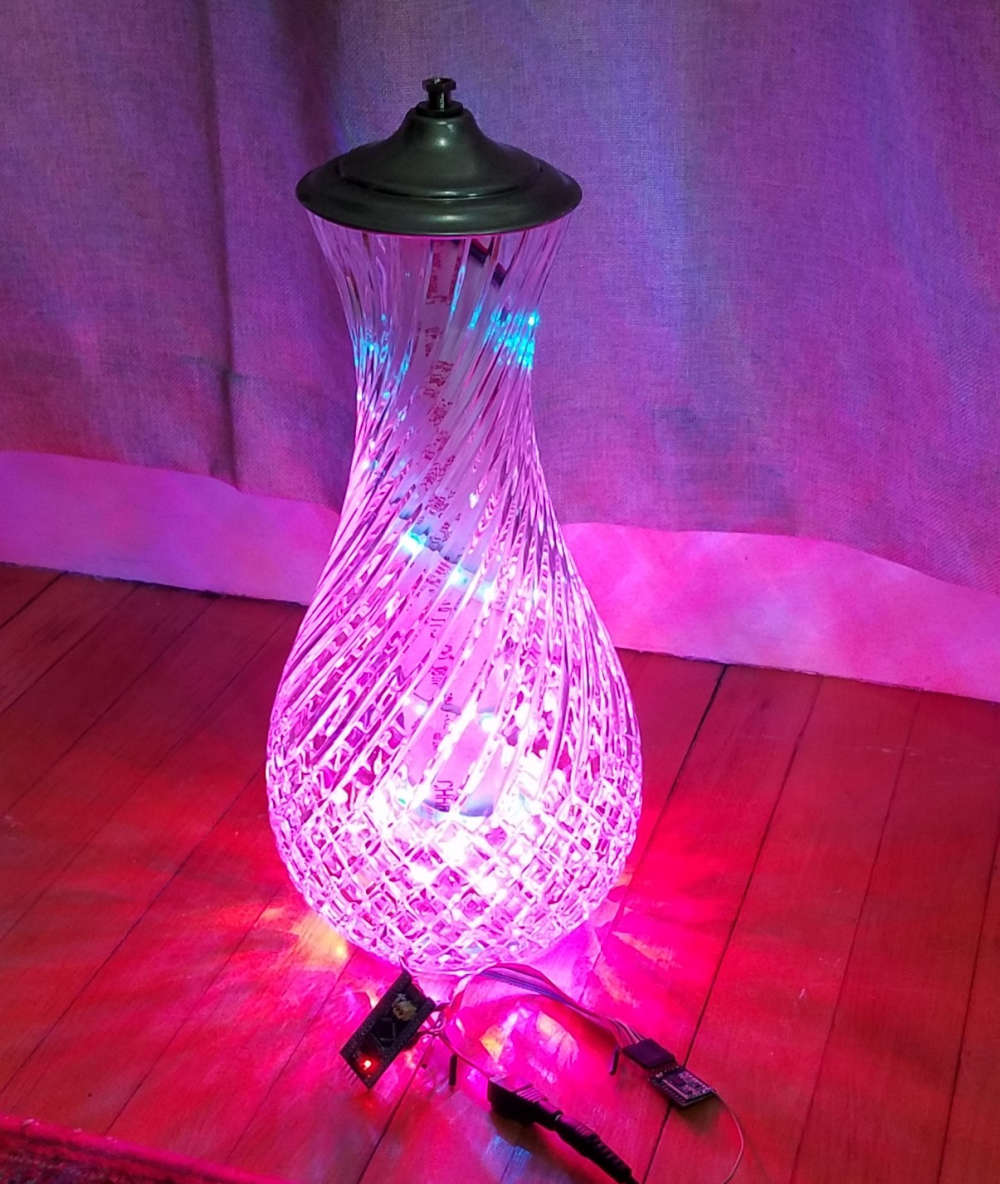
nagelc
Posts
-
What did you build today (Pictures) ? -
What did you build today (Pictures) ?@berkseo
Hey. Our own berkseo is on Hackaday. Congrats!https://hackaday.com/2021/03/11/nrf52-weather-station-gives-forecast-with-style/
-
What did you build today (Pictures) ?I've been playing with an Adafruit AudioFX board and cobbled together this annunciator. Eventually it will be a MySensors node to play alarms or other sounds. It is using a cheap portable speaker to play the sounds. I got it to work with my doorbell button node today.
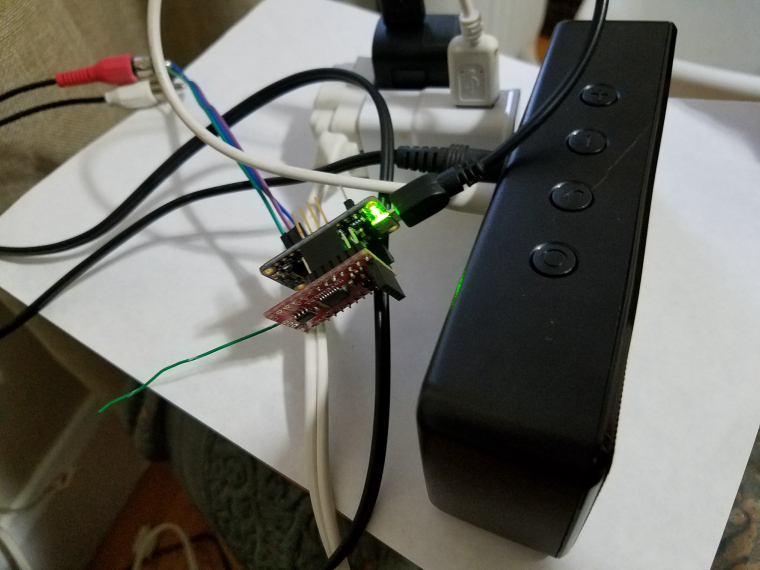
-
STM32?Just got a blue-pill, RFM69 node working. It was a bit of a learning curve moving from Atmega.
- Cheap J-Link: Never got it working. Cheap ST-Link: Worked
- Arduino (and VisualMicro) uploaded blink sketch with ST-Link: no problems
- Uploaded the USB bootloader using the ST-Link: no problems
- Took a while to figure out I didn't have the dfu driver loaded (Windows 10), but after that no problems using the usb
- MySensors security personalizer: no problems.
- Mock MySensors node: no problems. Talked to my gateway. Uses RFM69 encryption.
Seems like this is the Nano of the future, but without needing to level shift for 3.3V. I'm looking forward to making some real blue pill nodes and gateways.
-
What did you build today (Pictures) ?BT832 Thin Node prototype. Inspired by https://forum.mysensors.org/topic/2067/my-slim-2aa-battery-node and @neverdie nrf5 and am612 research. I noticed the BT832 is about the same width as a AA battery holder. I'm using one AA LiFePo4. This is my first sensor with nrf5, bme280, and am612. I also incorporated a jst-sh 6 pin connector for programming. It includes swd, power, and text. All sensors are working. It did not turn out to be very thin. Need to try some smaller PIR lenses and rearrange components for the next iteration.

-
What did you build today (Pictures) ?I am testing a node with a DigiPyro, PYD 1598 motion detector. It is advertised to be low power and runs from 1.8 to 3.6 volts, so should run well with a coin cell. They have to be programmed with several options and I have not found a lot of documentation. I went with what seemed like the most sensitive choices and it seems to work so far. More research needed . ...
https://www.excelitas.com/product/pyd-1588-pyd-1598-low-power-digipyrosI bought a couple of these from DigiKey for around $4 each. Now they are more than $12 each and there is no stock. So, these may not be as good a choice as they seemed at first. We'll see . ...
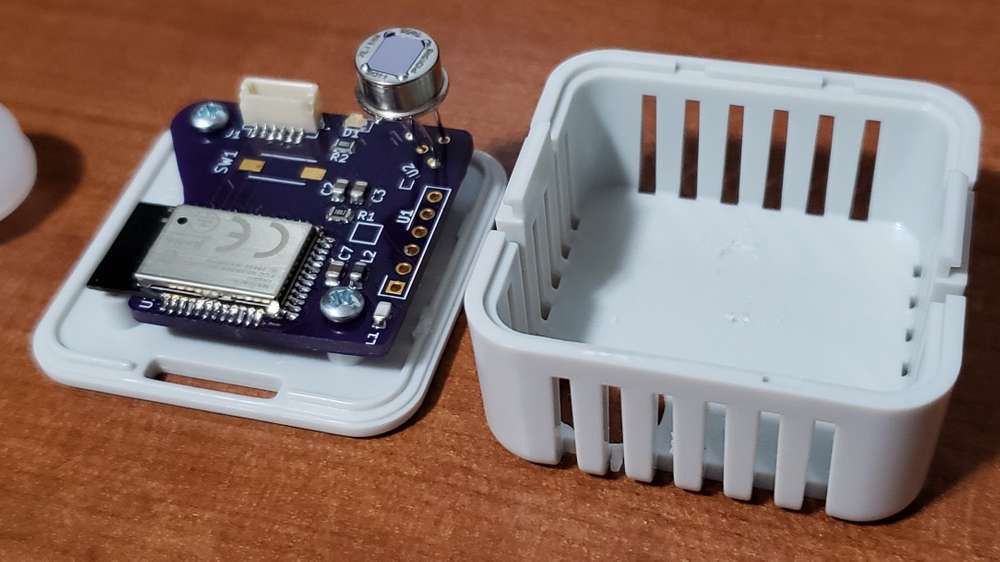
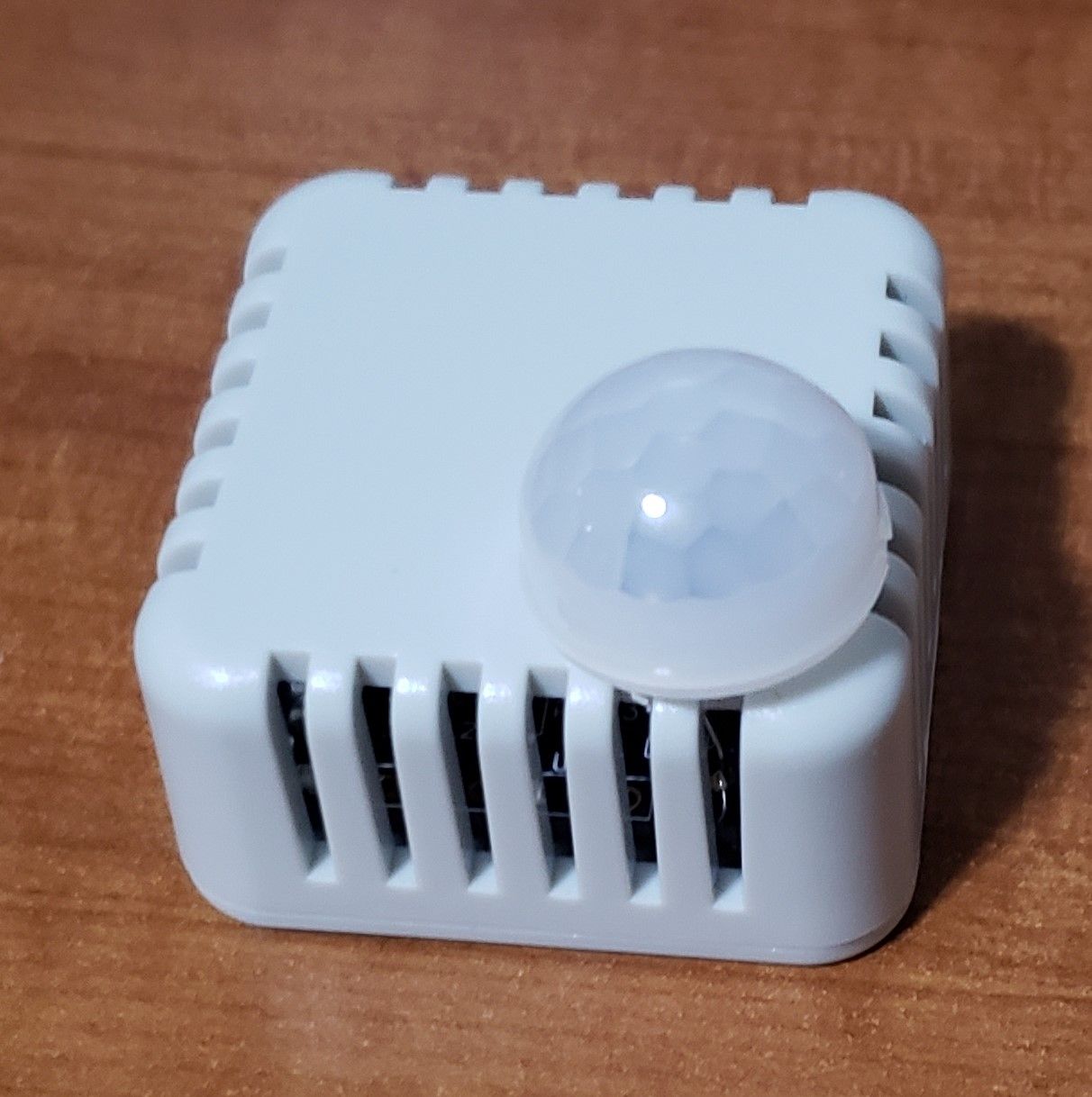
-
Electrodragon NRF Pro Mini Sensor Board@mfalkvidd Thanks for doing this kind of work (deleting fake users and stopping spam). I am sure it is not as much fun as answering real questions about MySensors topics. But I learn so much from people in these forums, that I would hate to see it overtaken by trolls and spam.
-
Something's cooking in the MySensors labs...@Yveaux
Another experiment, using 2mm machined pins and sockets. Since the RFM69HCW and the RFM95's share the same pinout, I could switch radios easily for testing.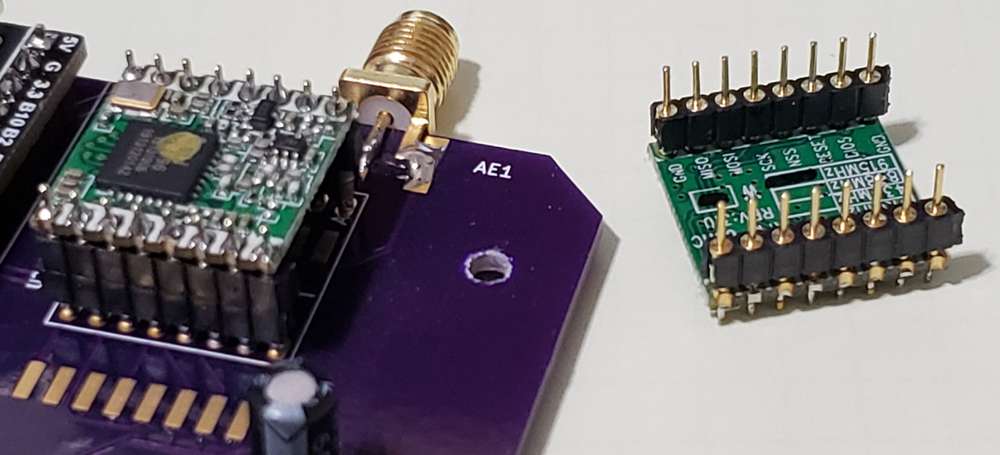
-
RFM69 radio 915MhzUnlike the NRF24, the RFM69 is not 5V tolerant on the data pins. The Uno and Nano both have 5V data pins. The NRF24 can work with them as long as it has the 3.3V supply. Unfortunately, the RFM69 needs the data pins to be 3.3V also.
I have used the RFM69 915Mhz successfully with a 3.3V ProMini (all pins 3.3V). To use with the Uno or Nano, you would need to power from the 3.3V supply and use a 5V to 3.3V level shifter on the NSS, MOSI, and SCK data pins. -
What did you build today (Pictures) ?I finally got a BT832 (NRF52832 from Fanstel) to talk to my NRF24 gateway. I got the NFR5s a while ago. Made a quick breakout board (quick to design, but slow delivery). In the mean time, I configured a STM32 "Blue Pill" as a Blackmagic Probe to program it. I had to get the latest Sandeep Mistry NRF5 files from github in order for it to support the blackmagic probe, but . . . it worked : ) So far I have just run the MockMySensors and it shows up on Domoticz.
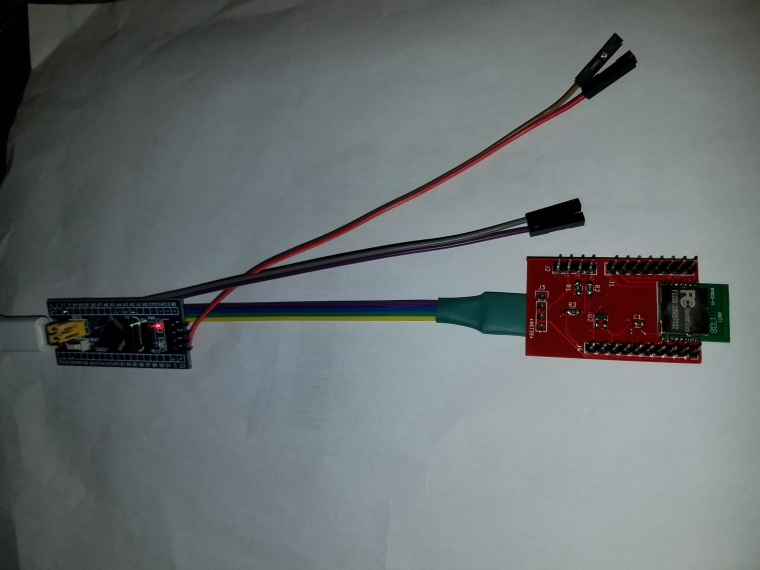
-
Everything nRF52840@NeverDie
There is an article on hackaday about this type of clamp that even has a KiCAD footprint. I bought one of the clips, but haven't tried it out yet.
https://hackaday.io/project/165917-soicbite-programmingdebug-connector-footprintI also tried this one from Adafruit;
https://www.adafruit.com/product/4048
small, jlink-mini compatible, and polarized.So far, my preferrred solution is a 6 pin jst-sh connector.
small. 3v3, gnd, swdio, swclk, tx, rx
and polarized.My old eyes get tired of confirming I have the pins on in the right direction. Polarization is really nice.
-
What did you build today (Pictures) ?@sundberg84
@tbowmo
Domoticz can also push the data to influx DB. See Settings>More Options>Data Push -
What did you build today (Pictures) ?It's a breakout for a Fanstel BT832 (NRF52832). Two experiments with this board, still a work in progress:
-
I wondered if it would be possible to hand solder to the LGA pads on the back of the BT832 using small plated thru holes (6 solder spots middle left in the first picture). Two pads connected. The rest did not. About what I expected.
-
Using just the microprocessor of the BT832 to make a LoRa node. (NRF5 radio turned off). So far the Ra-01 is not initializing. Edit (10/8). The RA-01 now initializes. I needed to update the pin assignments in MyBoardNRF5.h.
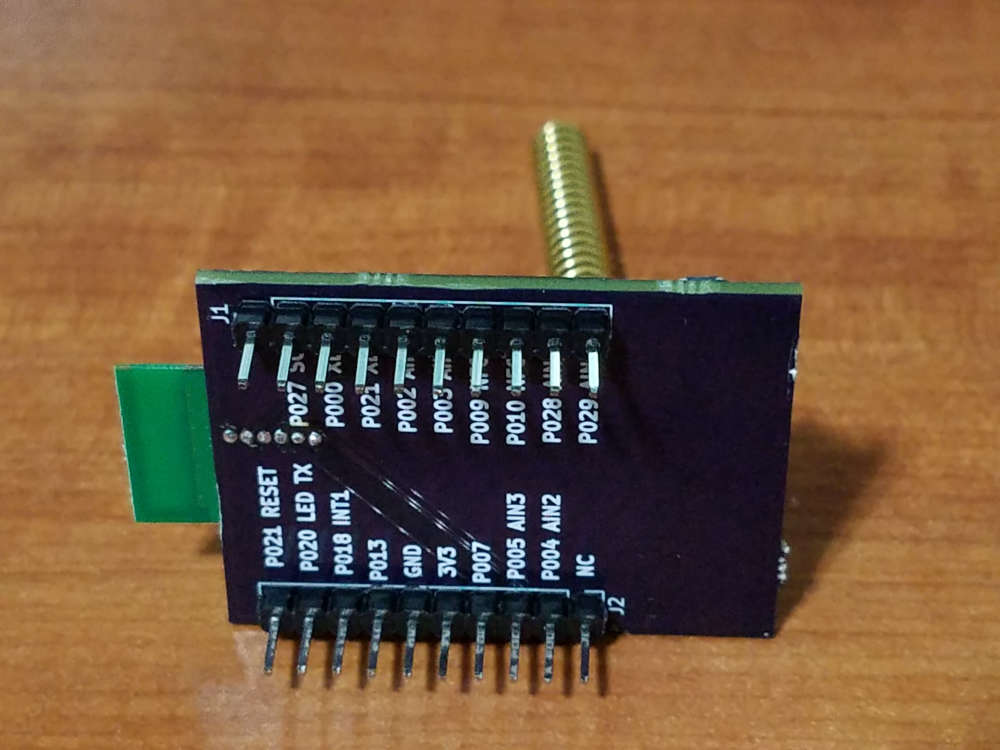
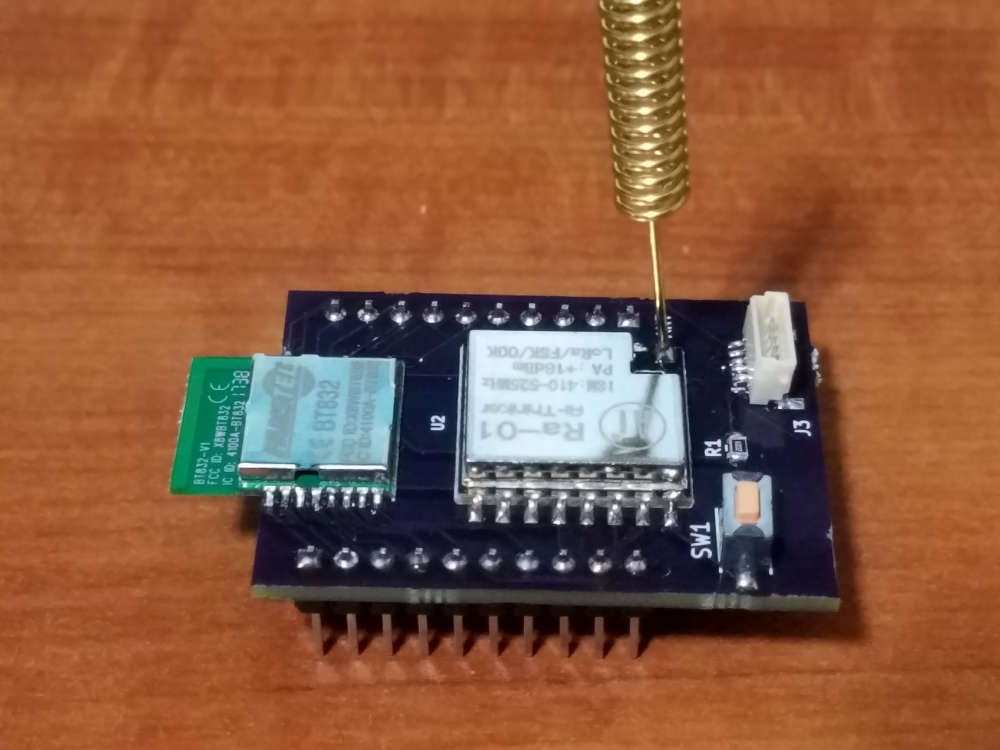
-
-
What did you build today (Pictures) ?I've had surprisingly good luck buying cheap parts from Ali-express, but not this time. I bought an NRF52832 iBeacon that supposedly had an SHT30 temperature sensor and KX022 accelerometer. When the parts arrived, neither of those parts were populated. All the beacon has is a push button.
I was able to program it to work with MySensors, however. With only SWIO and SWCLK (no txt out), I took @scalz advice (in another topic) and used a J-Link EDU Mini so I could use the RTT app to get printf style debugging. That worked nicely and I learned a new tool.
Perhaps I can use the iBeacon button for a remote.
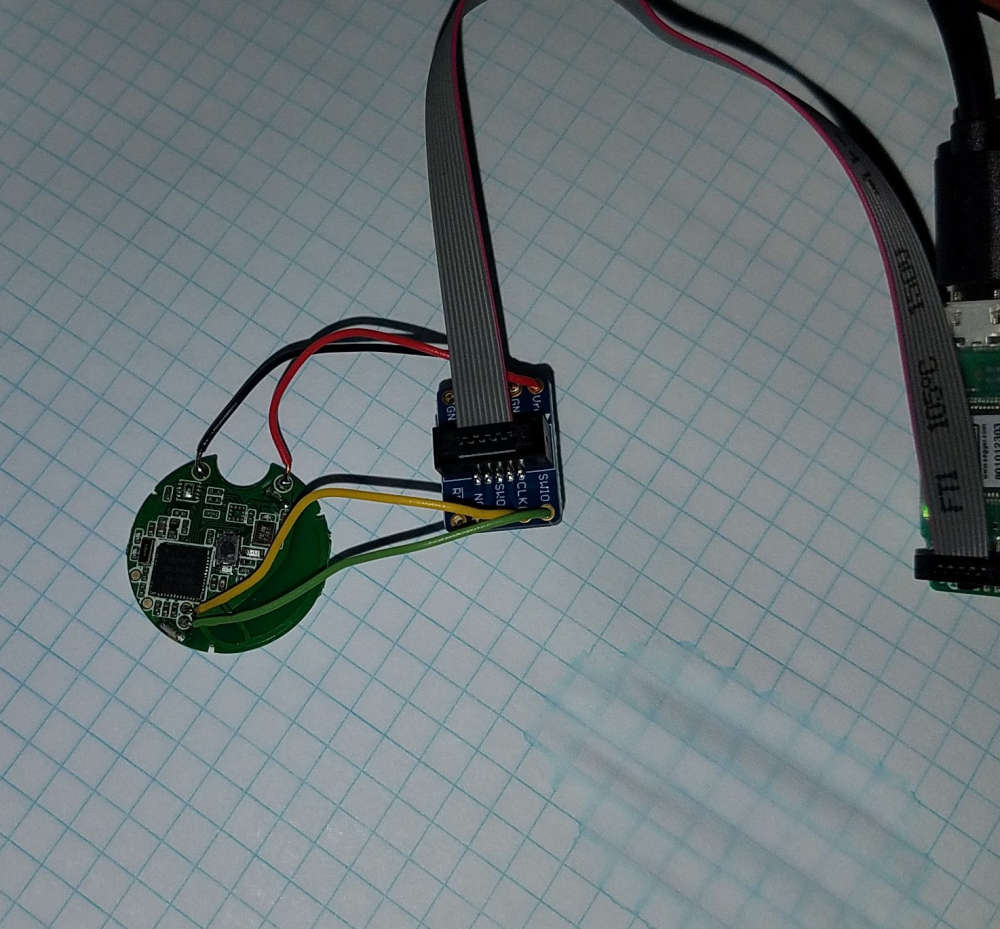
-
No merge into master in the last 5 years, should we use development?Wow. Has it been 5 years?
I haven't really used development because master has been working for me. Just added some new NRF5 nodes a couple of weeks ago. -
Vera Plus plugin issues (and choosing the right controller in general)@Max-Kurilov
Hi Max. I can't help with the Vera, but there is a log parser here: https://www.mysensors.org/build/parser
that might make debugging the MySensors messages a little easier.What the "right" controller is depends a lot on what you are looking for. When I first found MySensors, Vera was pretty much the standard. The controller world has evolved a lot since then. Probably looking at recent posts in the controller forum will give you a sense of what people are using now. I would be interesting to do a true survey.
-
nRF5 action!@neverdie
It worked! I used pin 26 as in your example and now can get the debug messages. Also thanks for the many other NRF5 routines you had in the example. -
What did you build today (Pictures) ?@nca78
Thanks for giving me a push. I had used hot air only for removing parts. I got some paste and populated my first board. So easy compared to the soldering iron. -
MySensors 2.3.0 releasedI recently upgraded my NRF24 serial gateway from 1.5 to 2.3.0 and did not have any issues. I upgraded my RFM69 gateway a while ago with no issues. If it is RFM 69, check the frequency because MyConfig.h will have gone back to the default (I use 915 mhx which is not default). Do you get any error messages? Maybe one of the more experienced MySensors users could help with those.
-
BME280 Battery Powered SensorsI got one similar to the one on the right from Aliexpress. Search for GY-BME280-3.3:
It is set up for I2C and has no power supply. I run directly from 3v3. It has pullups on the SDA and SCL lines, but other than that, you are essentially going straight to the BME 280. I have only used one so far, but it seems to work with no problems. Worked with the MySensors weather station example sketch right off the bat.
